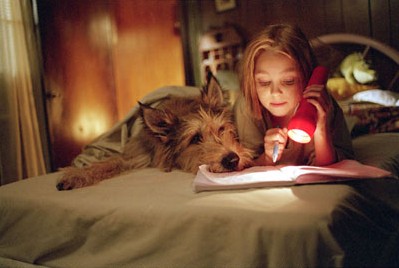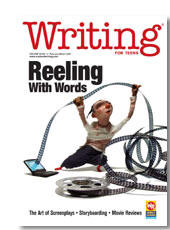Motion Pictures / Film Study
Motion Pictures/Film Study
© 2006 Frank Baker, Media Educator
Resources on how to read a film, integrating film studies into instruction
See also:
– Language of Film – For Your Consideration: Analyzing Oscar Ads
– Teacher’s Guide to the Oscars – Using Film in The Literature Classroom
– Film Ed & The Common Core – Movie Trailers As Persuasive Texts
– Teaching Critical Thinking w/ Film – Analyzing/Creating Film Posters
– Using DVDs to Teach Film Language – Scriptwriting In The Classroom
– Documentaries in the Classroom – To Kill A Mockingbird film study guide
INTRODUCTION
More than ever, teachers are using film in the classroom. This web site is designed to help educators better integrate film into instruction and help their students learn the “languages of film.”
Analyzing Oscar: Deconstructing the Academy Awards
KEY QUOTES
“To read or write the language of media and understand how it creates meaning within particular contexts, one needs some understanding of frame composition, color palette, editing techniques, and sound-image relations as well as the context of signs and images, sound as a conveyor of meaning, and the effects of typography…Such principles as screen direction, the placement of objects in the frame, color choices, morphing, cuts and dissolves all do much more than make a screen communication aesthetically pleasing. They are as critical to the creation of meaning as adverbs, adjectives, paragraphs, periods, analogies and metaphors are to text. Dean Elizabeth Daley, USC School of Cinematic Arts (from, Expanding the Concept of Literacy)
“If video is how we are communicating and persuading in this new century, why aren’t more students writing screenplays as part of their schoolwork?” Heidi Hayes Jacobs, education consultant
“If people aren’t taught the language of sound and images, shouldn’t they be considered as illiterate as if they left college without being able to read or write?” George Lucas, interview for GLEF.org
“Of all art forms, film is the one that gives the greatest illusion of authenticity…of truth…A motion picture takes a viewer inside where real people are supposedly doing real things…We assume there is a certain verisimilitude, a certain authenticity, but there is always some degree of distortion.”
Annette Insdorf, film historian (author of Indelible Shadows: Film and the Holocaust) quoted in the documentary “Imaginary Witness: Hollywood and the Holocaust”
“Movies are a door to knowledge–about society, about prejudice, about history, about art –and teachers are eager for someone to help them make the link between education and film.”
Margaret Bodde, The Story of Movies/The Film Foundation (Source)
Additional Resources
 |
Read my exclusive interview with Steve Werblun, the storyboard artist from the Walden Media production of “Because of Winn-Dixie;” plus see some of his original storyboard drawings |
 |
Weekly Reader’s WRITING magazine (February-March 2007) themed issue Reeling with Words: Screenplays, home movies, and film reviews–we show students what it takes to write for and about the movies. Resources |
 |
HOORAY FOR HOLLYWOOD (Jan. 2007) Can you believe that the earliest movies cost only a nickel and that the first movie stars were silent? In the January 2007 issue, discover how the first, soundless motion pictures developed into “talkies” and then full-color films. Learn why the film industry moved from the East Coast to a dry, sparsely populated town in California, and discover what light bulb inventor Thomas Edison had to do with it. Learn how Hollywood remakes old classics, works to preserve original films, and uses computer-generated technology to thrill viewers today. Meet the visionary men behind the earliest studios and movies, like producer Samuel Goldwyn and animator Walt Disney. Join COBBLESTONE ® as we explore America’s love affair with motion pictures by looking back to when it all began. |
Media Literacy Film Resources:
Teacher resources for media literacy films to show in the college classroom
Focus On Film: Learning It Through The Movies,
Middle Ground Journal, NMSA, October 2006
*LIGHTS, CAMERA, EDUCATION!,
AFI curriculum available via Discovery’s UnitedStreaming
(link to press release; release; link to curriculum)
Reading Movies (profile of the Story of Movies Project)
MOVIES AND VIDEOS MIS– USED IN THE CLASSROOM
(June 2006) link to full study
Viewing the Films: Not Whether or Not, but How?
http://www.hhsdrama.com/documents/OrganizingaFilmClass.pdf
Using Film to Increase Literacy Skills
English Journal, Vol. 93, No. 3, January 2004
(companion: How to Organize a Film as a Literature Class)
Using Film, Video, TV In The Classroom
http://www.ericdigests.org/pre-929/film.htm
Film and the Composition Classroom:
Using Visual Media to Motivate First-Year Writershttp://sites.unc.edu/daniel/131spring99/papers/Mazer.html
